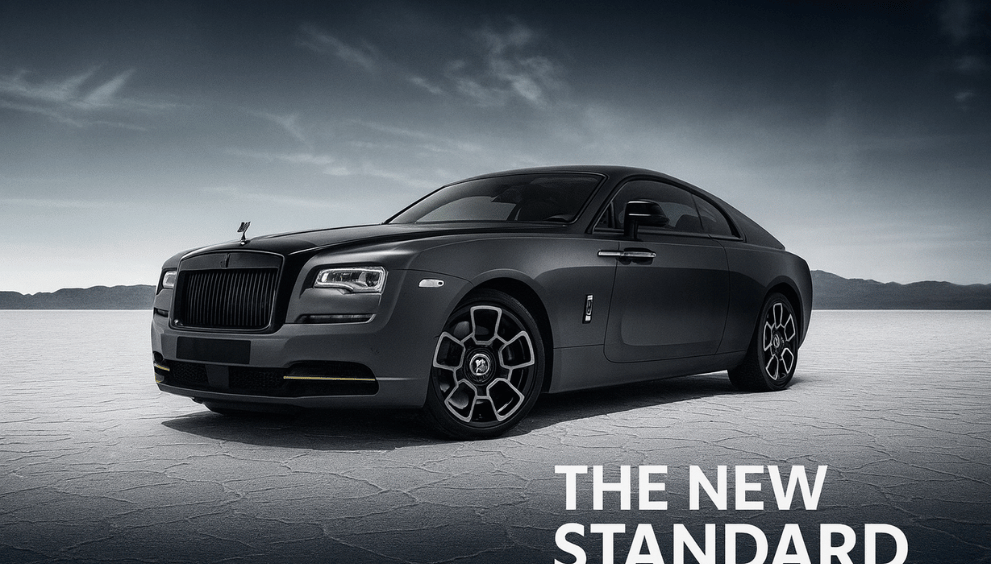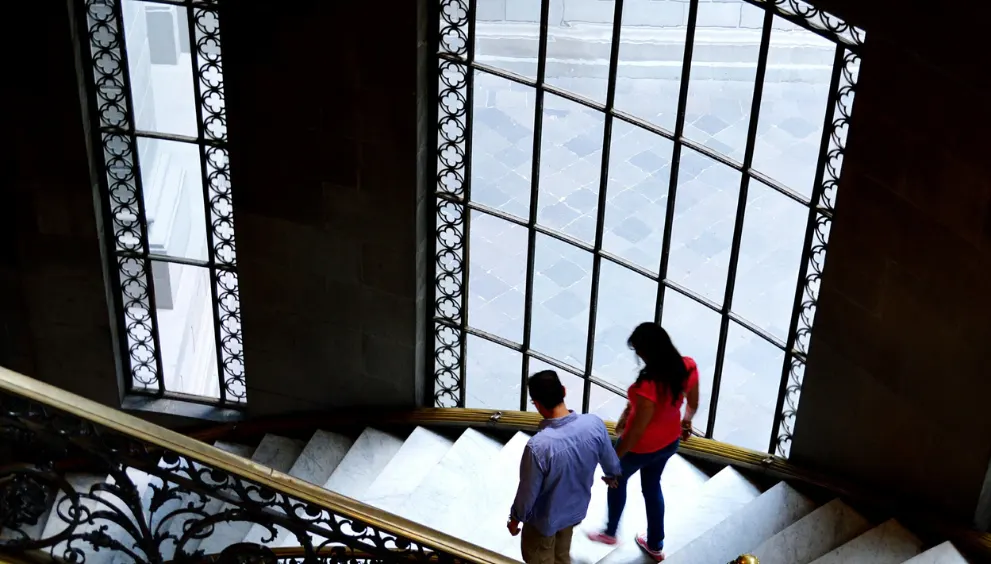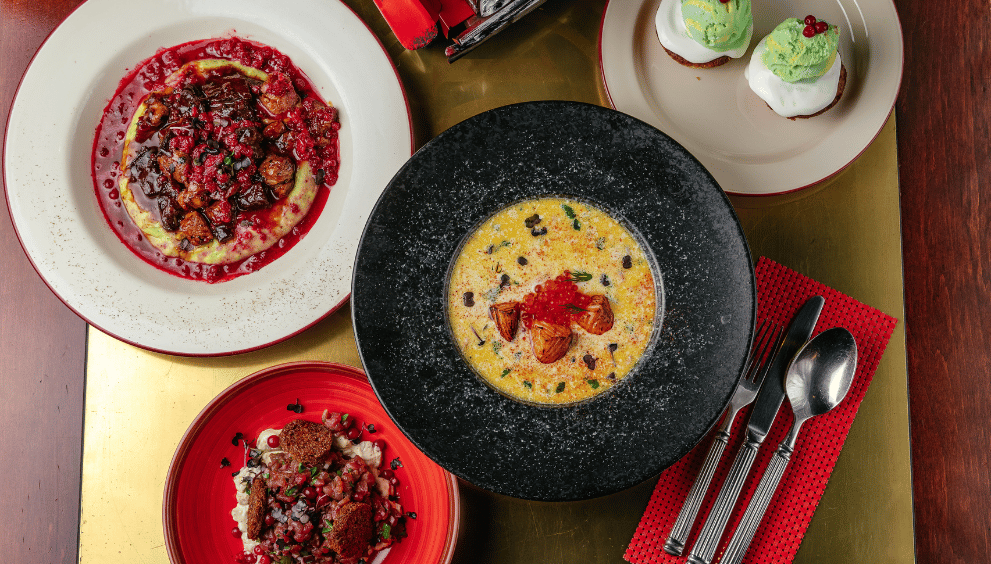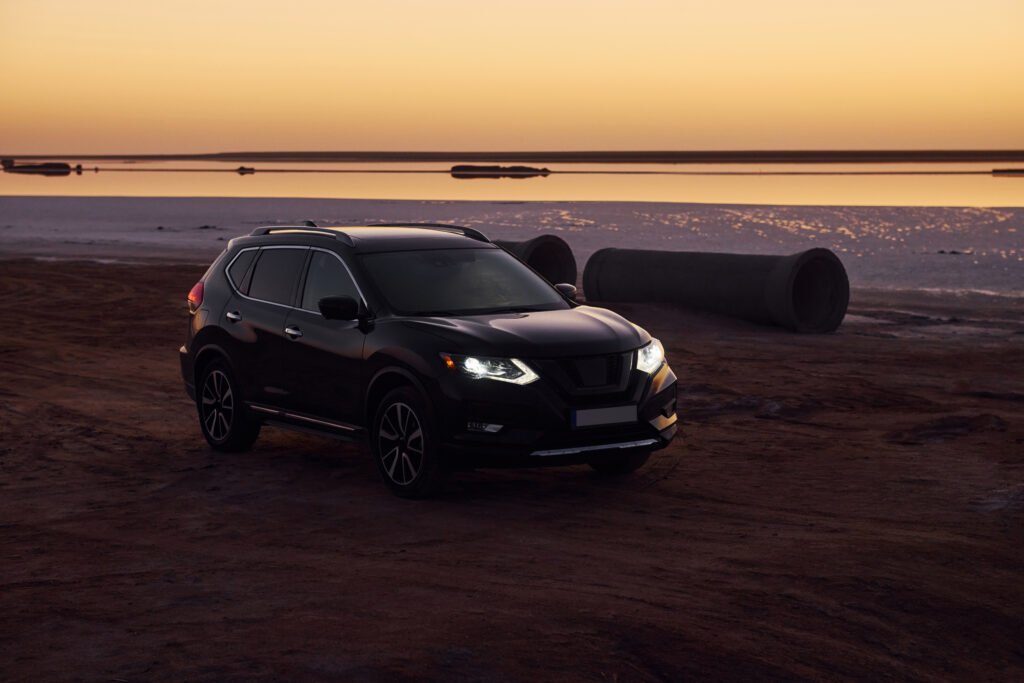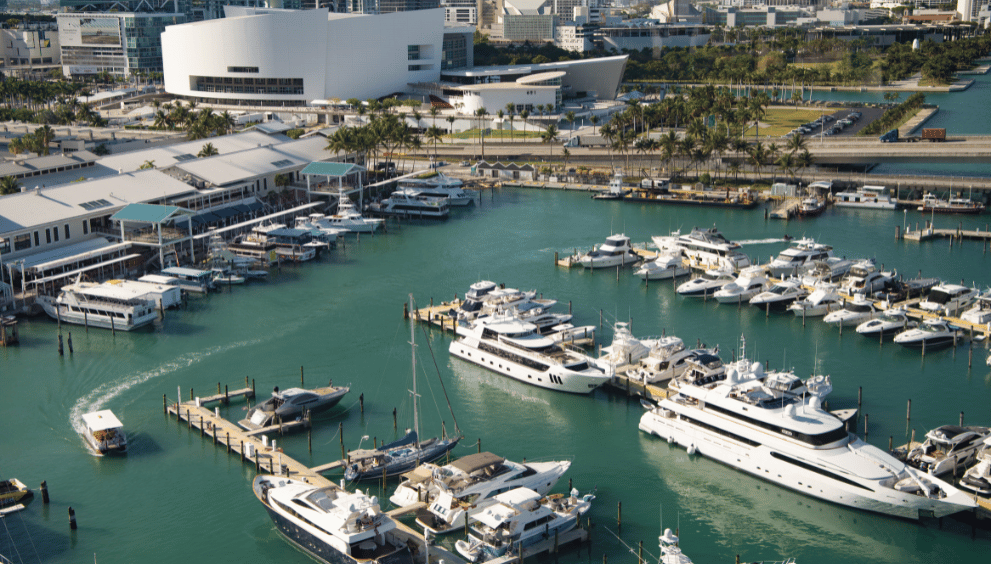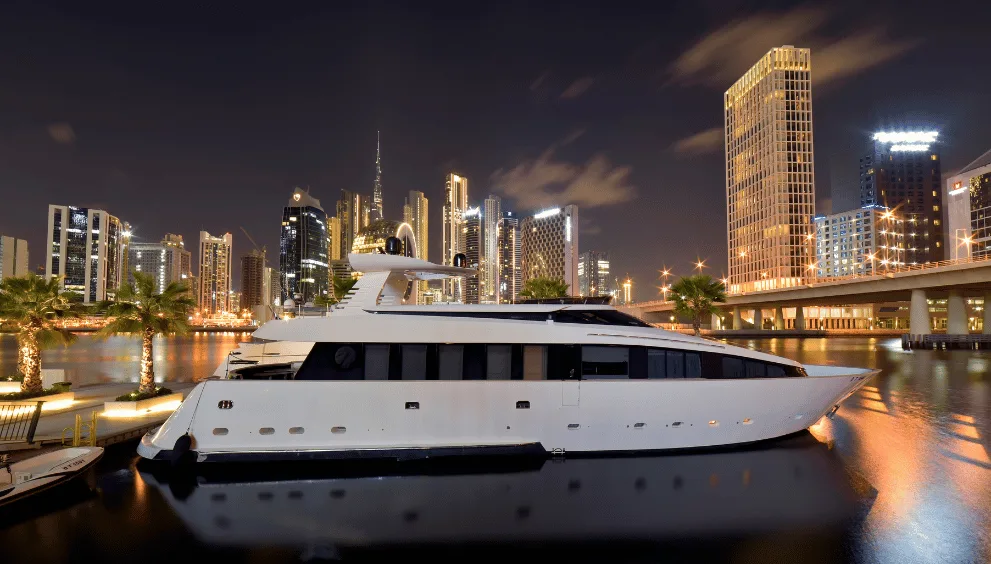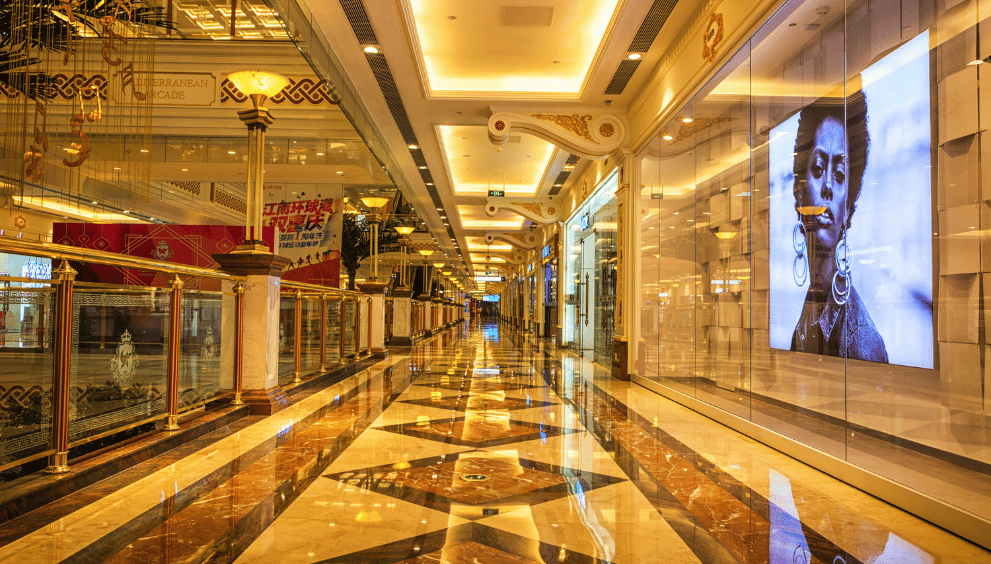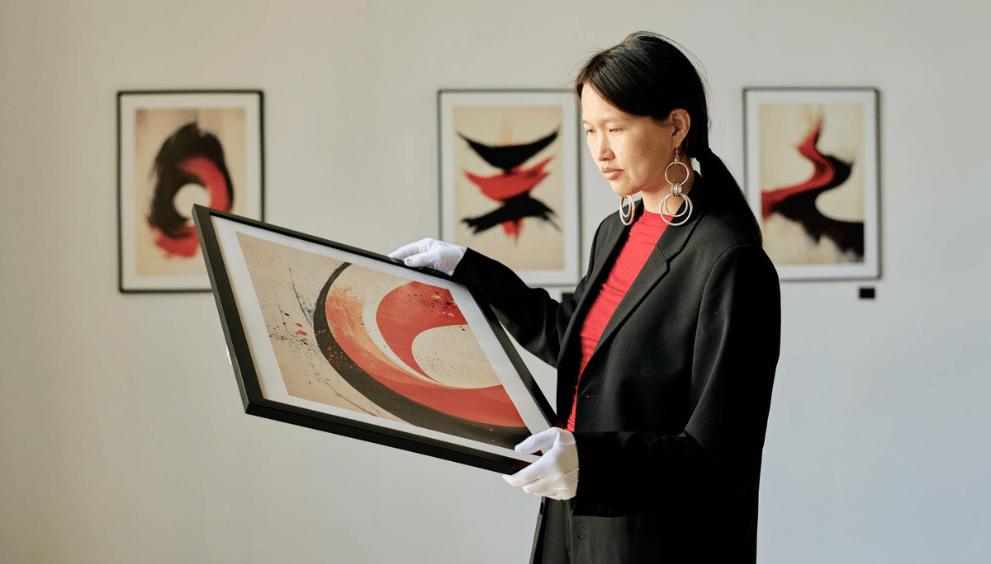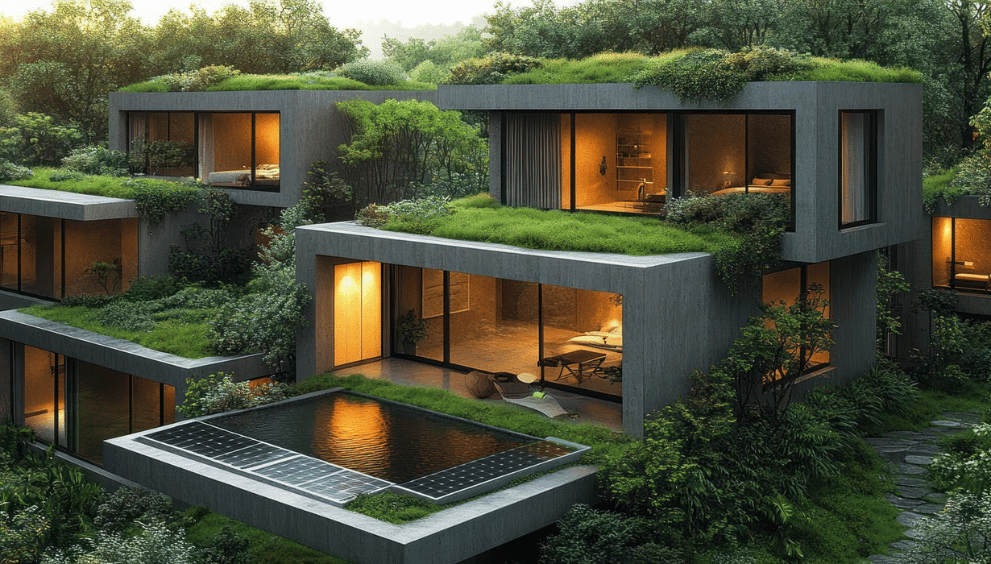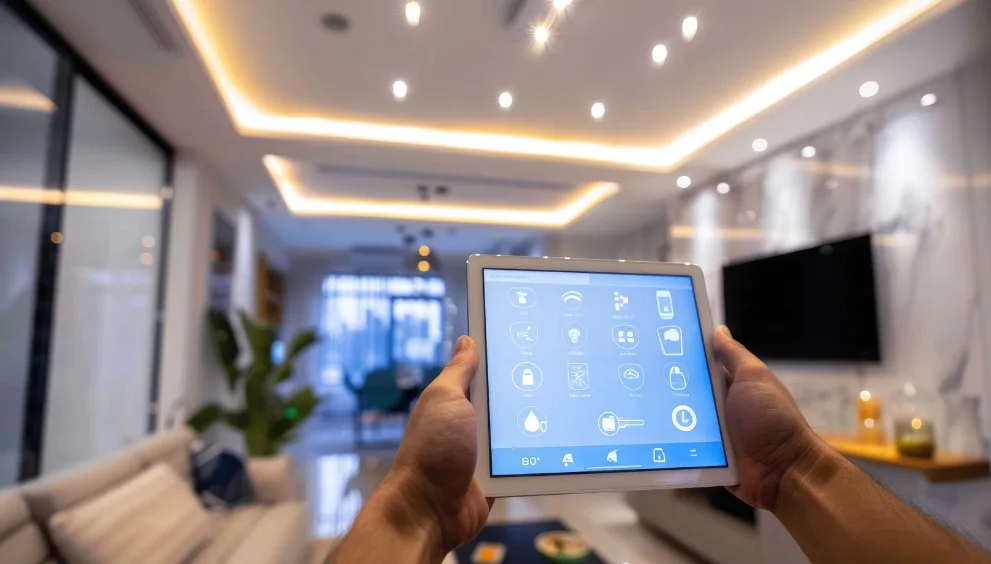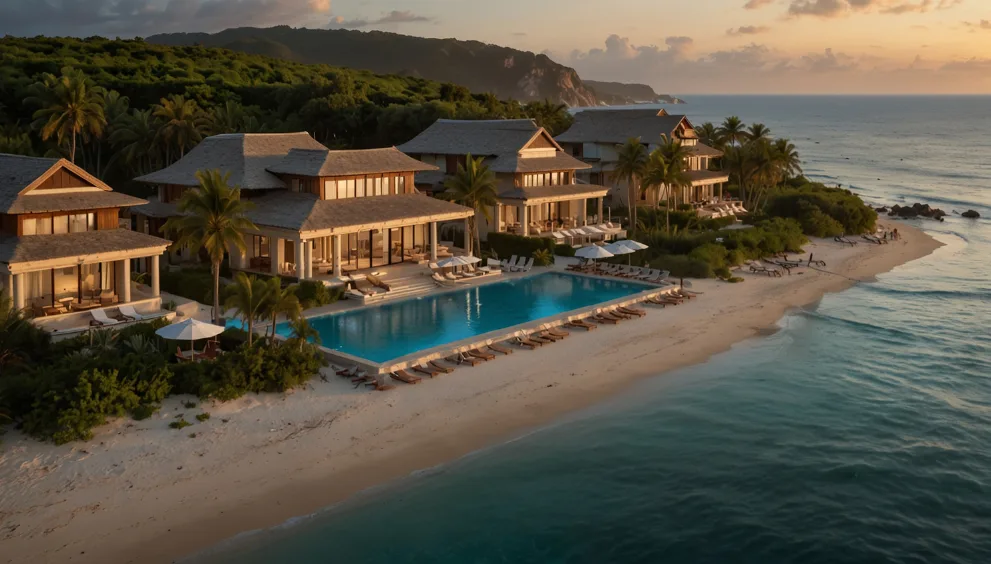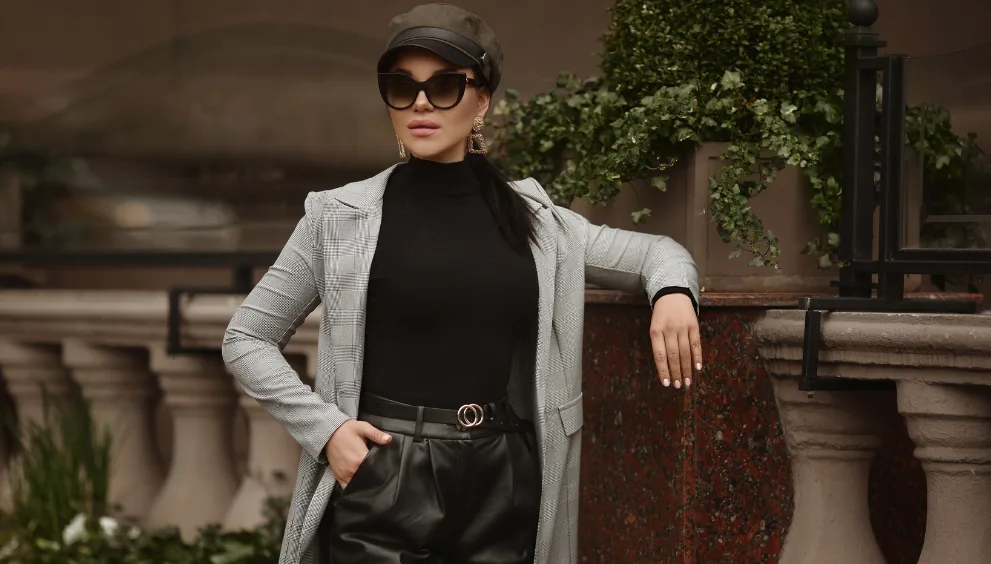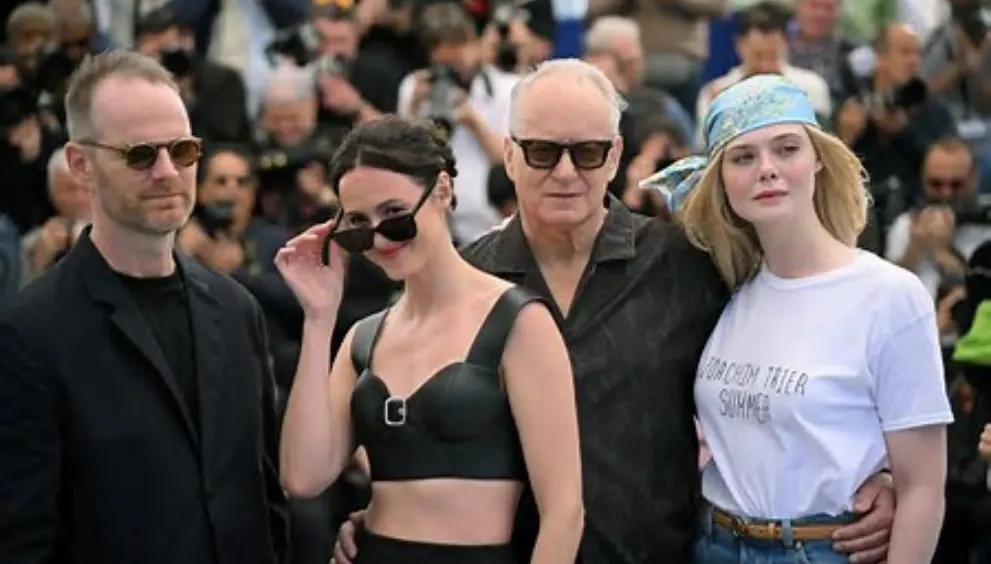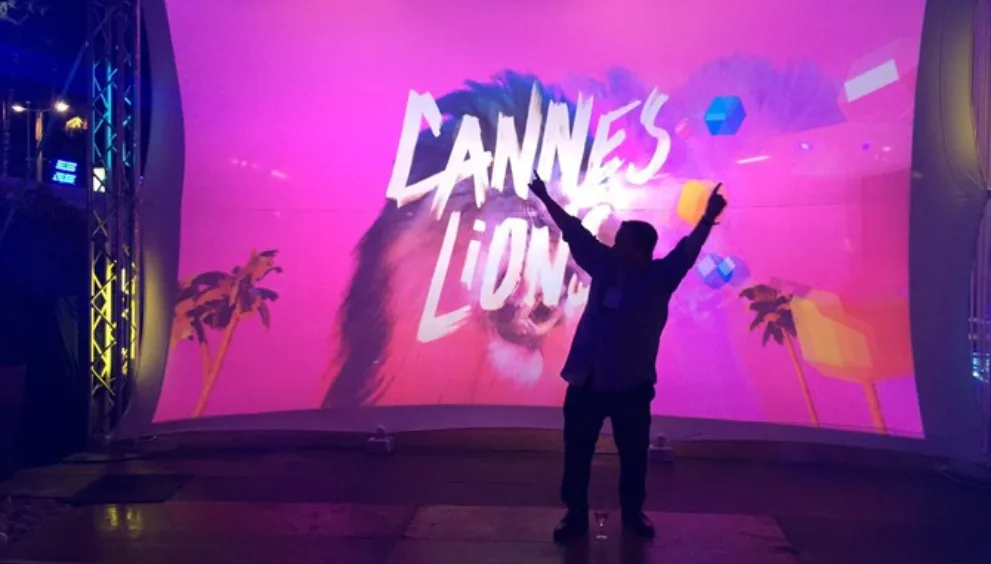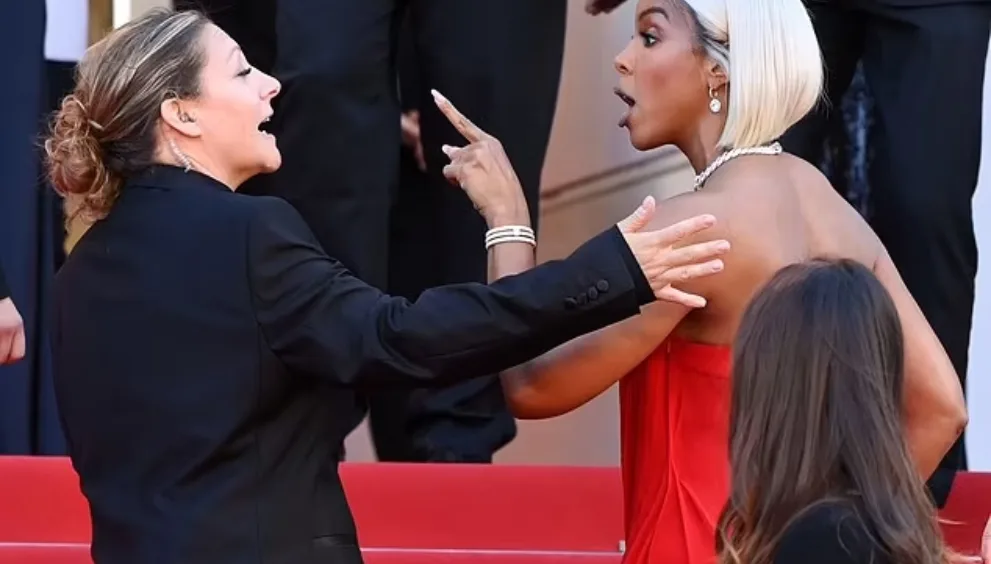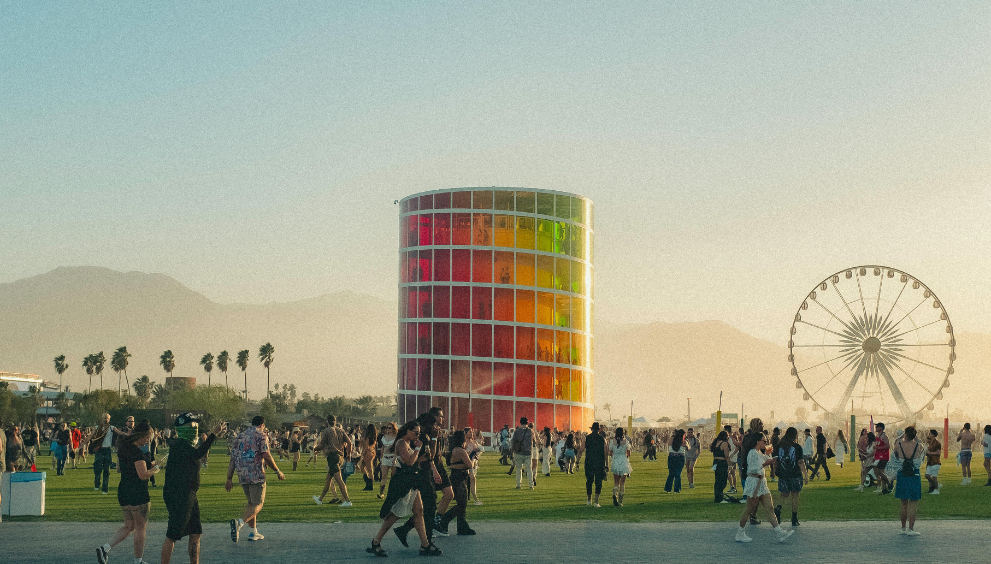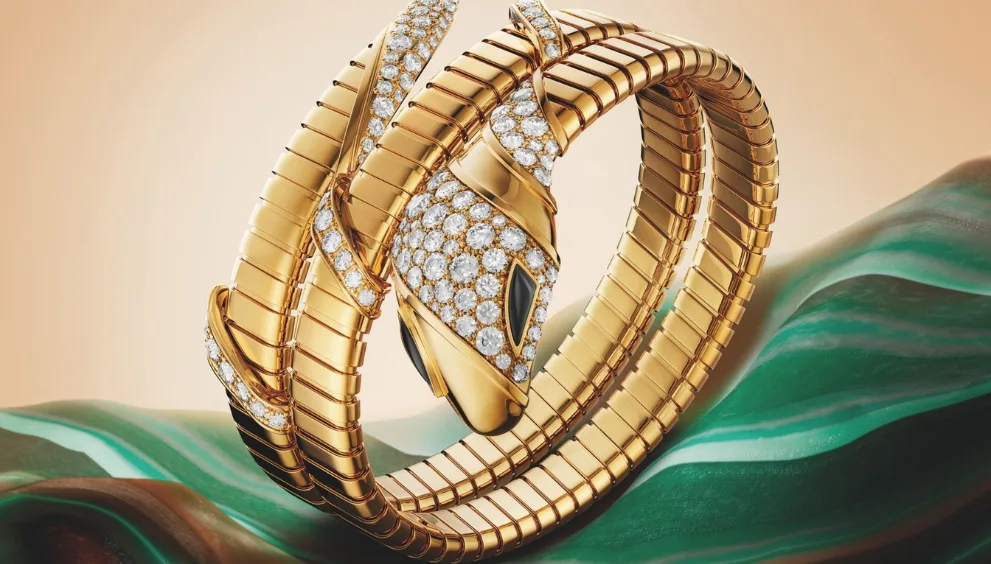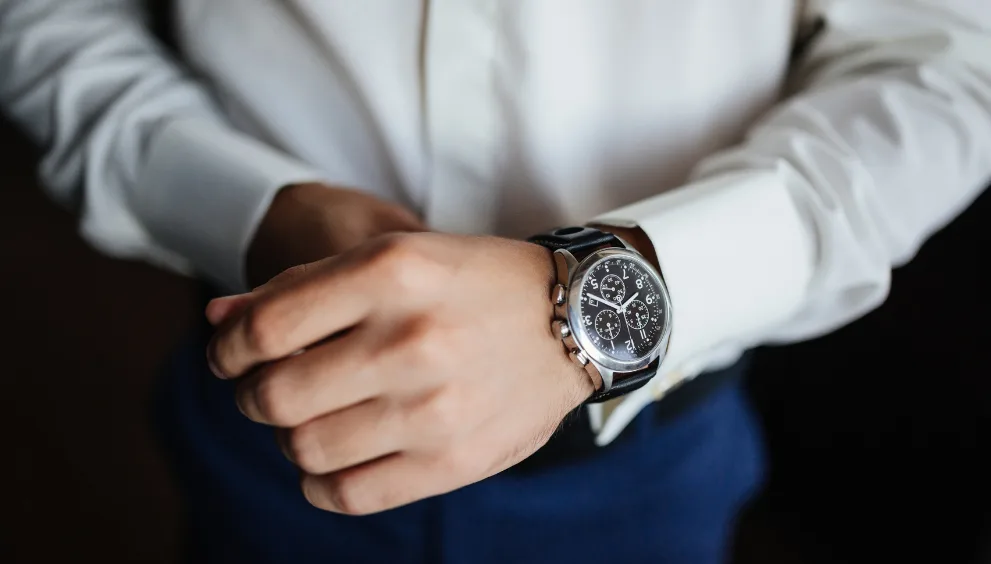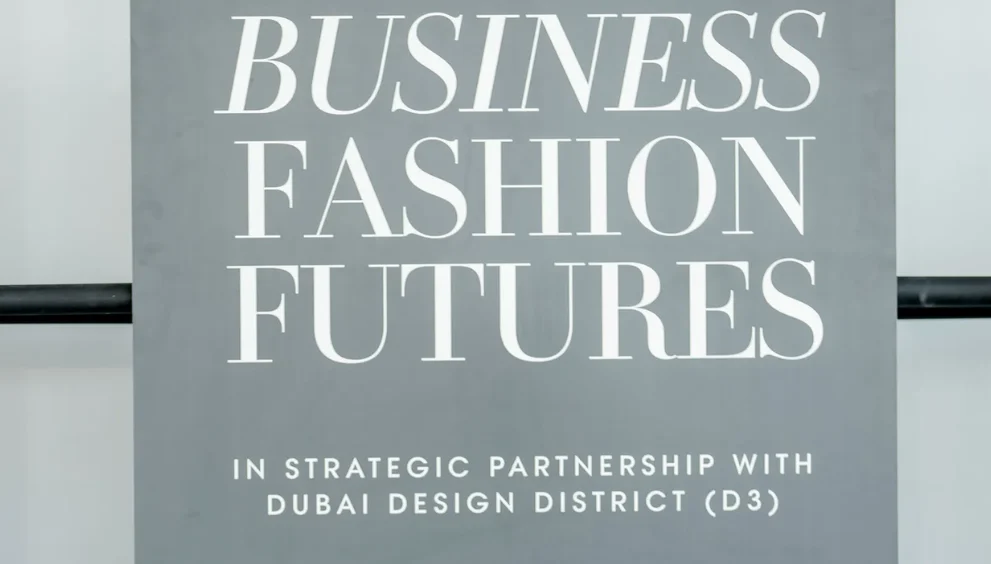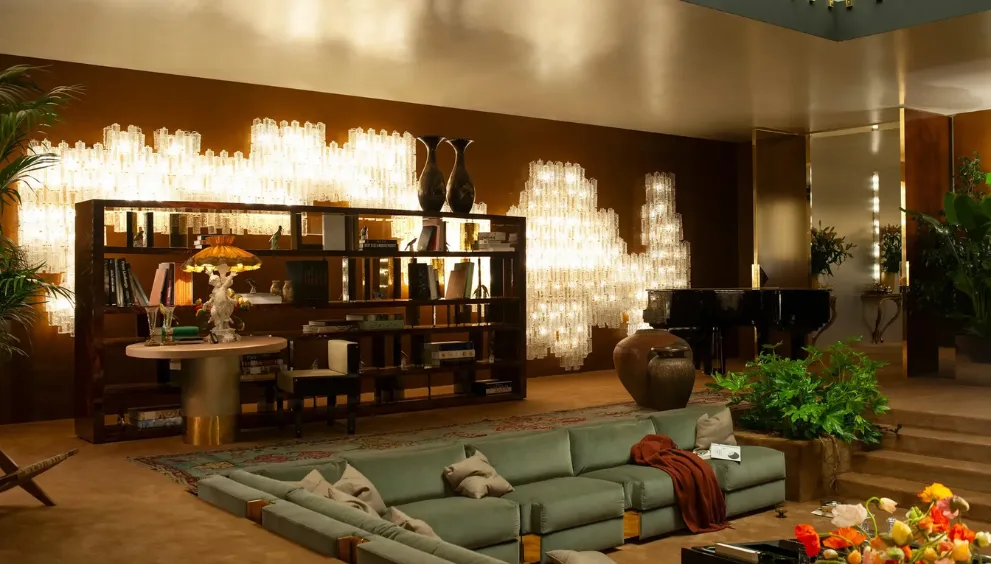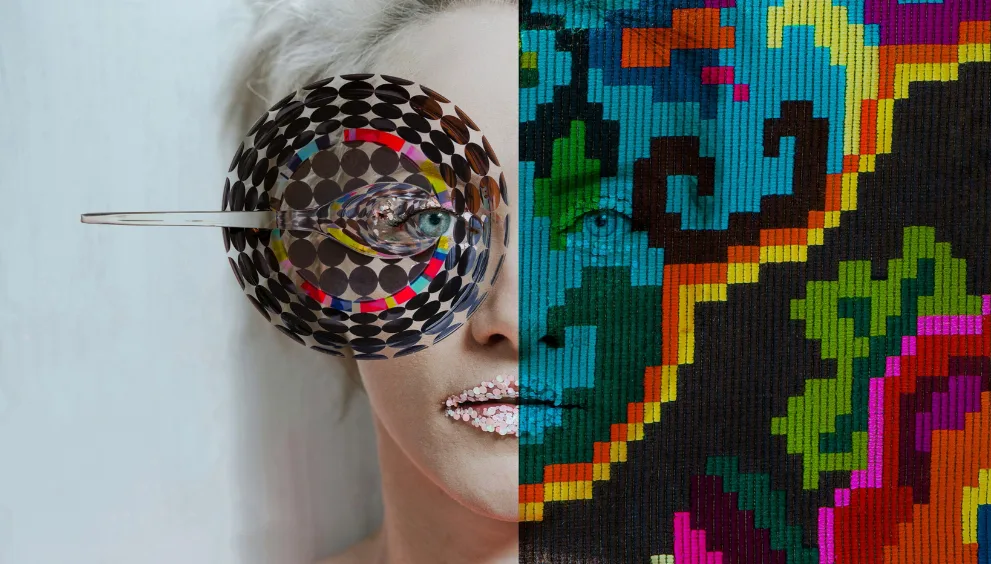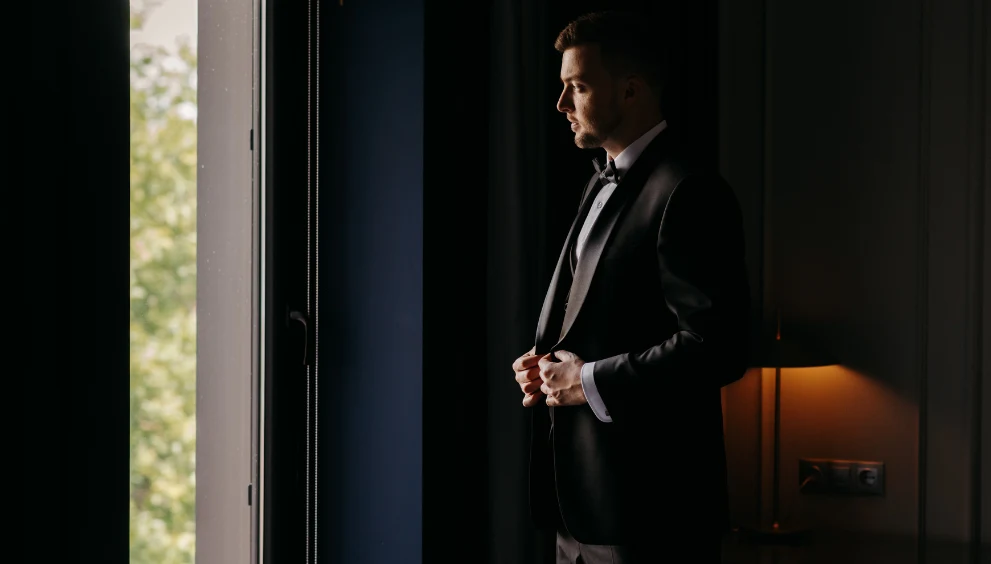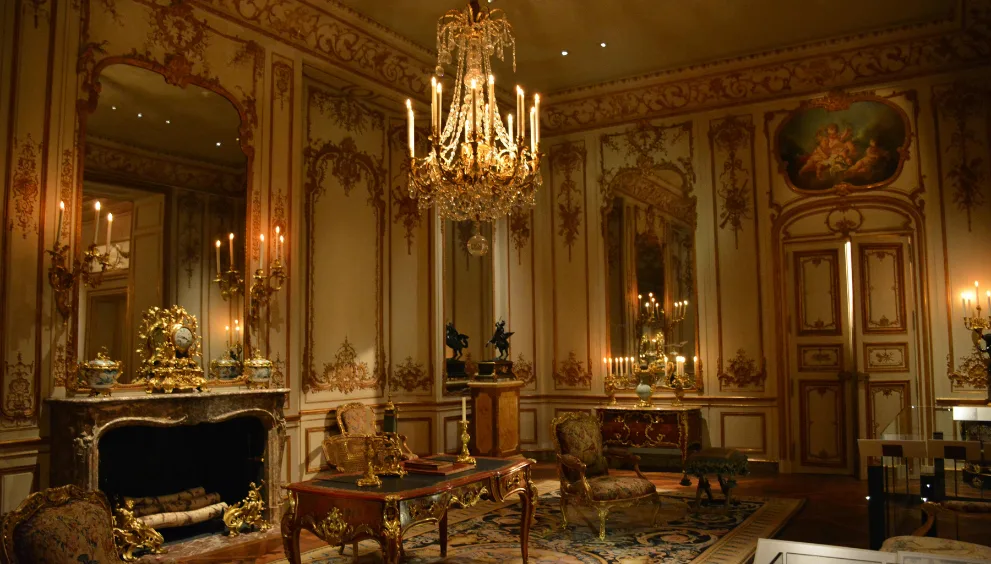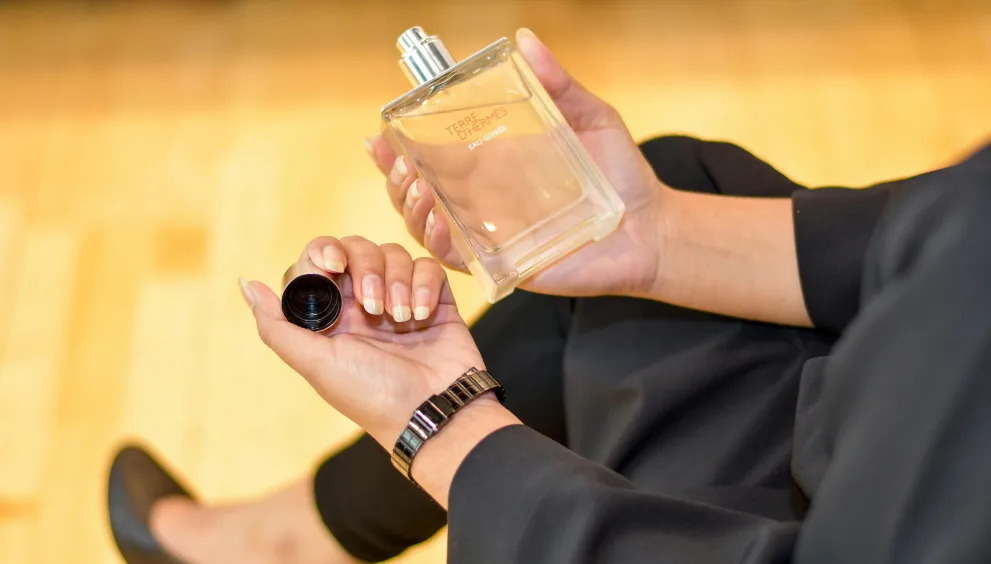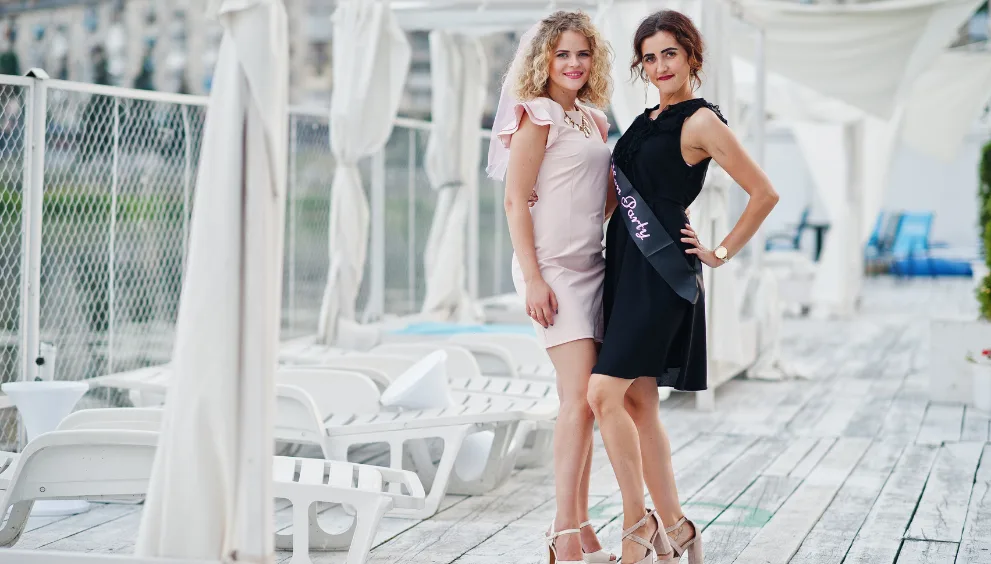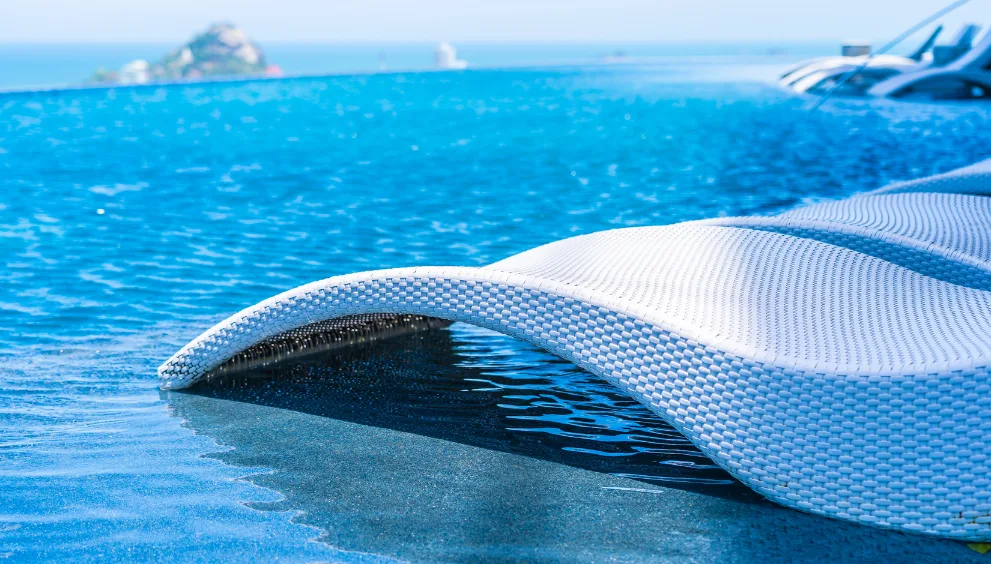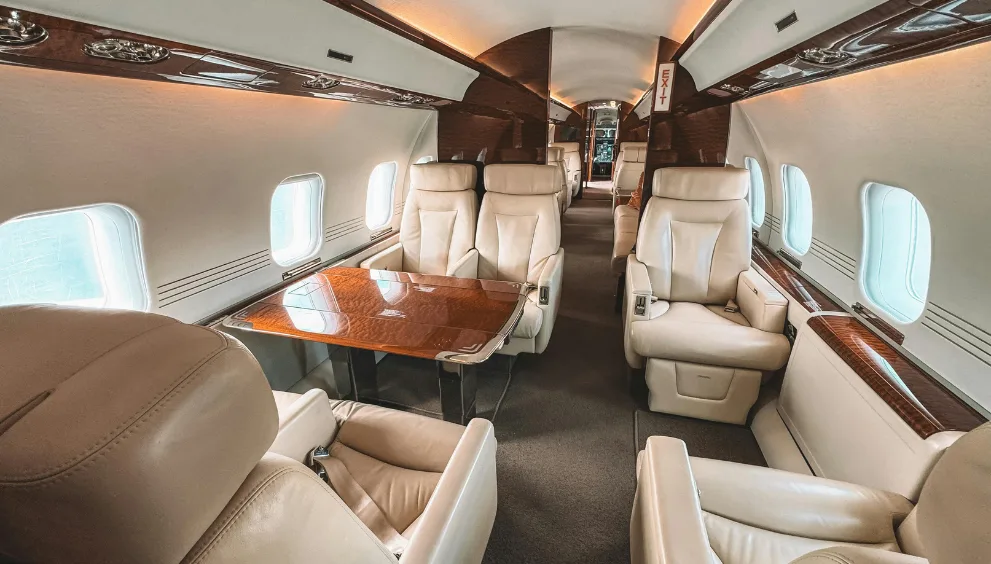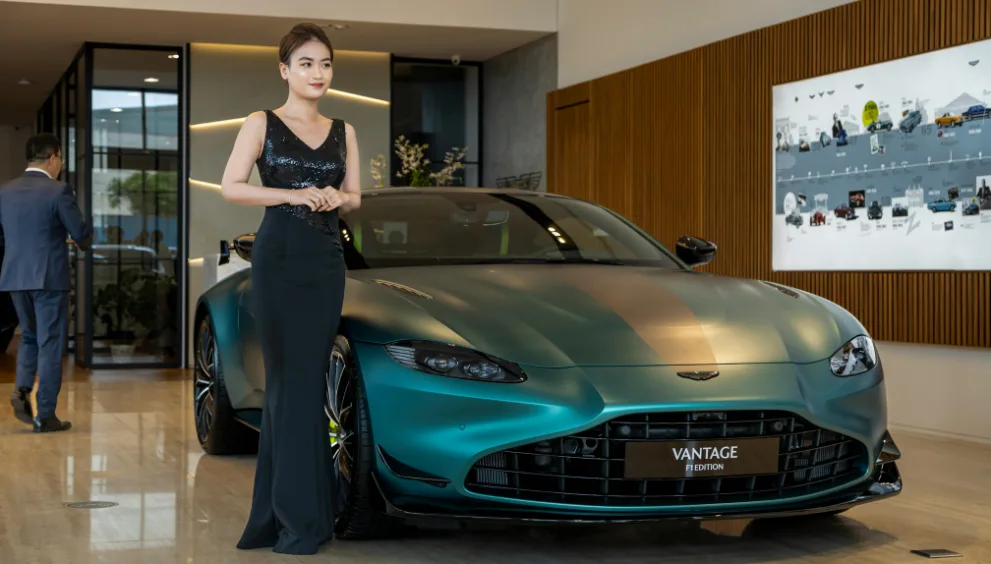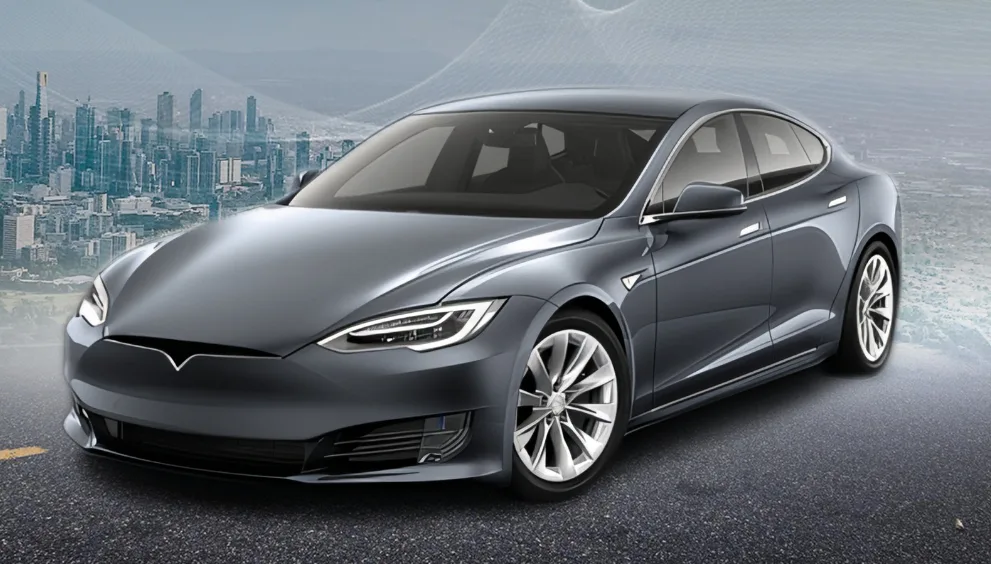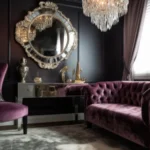
Jul

Architecture as Art: Why Billionaires Are Commissioning ‘Livable Sculptures’
-
Anshuman / 5 months

- July 11, 2025
- 0
- 5 min read
Imagine waking up inside a sculpture. Every curve, every texture expresses something and has a touch of artistic values. For the ultra-rich, that is not a fantasy but real estate. Today’s elite crave meaning, not just marble. They seek residences that serve both as status symbols and soulful sanctuaries.
This post explores how these livable sculptures came into existence, their special features, why billionaires are commissioning them, and the impact they could have shortly.
What Are Livable Sculptures and Why Are They Suddenly Everywhere?
A livable sculpture is a residence designed not just for comfort, but to provoke thought and feeling, just like a piece of contemporary art. These are homes so sculptural and striking that you may feel that they belong in a museum; in contrast, they are specially built to be lived in. These homes are one-of-a-kind, often handcrafted in collaboration with starchitects (celebrity architects).
Why now? This shift reflects the currently changing mindsets from ‘owning more’ to ‘owning meaning’. Today, a billionaire is not just collecting mansions but collecting masterpieces.
Why Billionaires Are Commissioning Them
The main reason is the growing value of emotional real estate. For today’s wealthiest, the traditional luxury has lost its lustre. An infinity pool is nice, but now everyone has one. What stands out now is authorship.
Commissioning a livable sculpture allows billionaires to express their identity and reflect personal aesthetics, just like commissioning portraits or couture. It helps them build a legacy as they often become family heirlooms or architectural landmarks.
Also, hosting a dinner party inside a Zaha Hadid-designed home is a social flex unlike any other. Last but not least, just as fine art, a livable sculpture becomes a form of cultural investment.
An example could be when Kanye West purchased a minimalistic concrete home by Tadao Ando in Malibu for almost $57 million. It is not large but bold and collectible.
A Thoughtful Shift From Architecture To Art
Initially, architecture had a fine line between engineering and expression. However, as it evolved, the lines kept blurring, and now in the 21st century, homes are no longer merely designed; they are composed intentionally as a sculpture.
The transformation can be seen in –
-
Digital design tools such as parametric design and 3D modelling allow architects to imagine wildly fluid forms.
-
Experimental Materials like translucent concrete or sustainable wood composites make the palette of the interior richer than ever.
-
Cultural demand of consumers is increasingly shifting as they want spaces that feel or vibe, not just function.
Architect Icons
-
Zaha Hadid – Hadid redefined how buildings may look, making them more fluid, futuristic, and most importantly, fearlessly feminine. Her signature work includes One Thousand Museum in Miami, which is a luxury residential tower with a curving exoskeleton that looks like a DNA strand. She once said, “I don’t design nice buildings. I design experiences”.
-
Bjarke Ingels – This Danish architect behind BIG (Bjarke Ingels Group) is known for unconventional architecture. His style blends sustainability with visual drama. His signature work consists of The Mountain Dwellings in Copenhagen. Ingels is also designing luxury residences in the metaverse and off-grid islands. His work is intellectual, Instagram-worthy, and a favourite among tech billionaires.
-
Frank Gehry – Gehry’s style is instantly recognizable through metallic folds and crumpled forms. The Gehry Residence in Santa Monica, which was his experimental home, still draws attention. Gehry turns chaos into compositions, creating homes that feel alive and unforgettable.
5 Iconic Livable Sculptures
-
Casa Wabi by Tadao Ando (Mexico) – A minimalistic masterpiece. Built by blending concrete, ocean views, and a scenic skyline.
-
The Elrod House by John Lautner (Palm Springs, USA) – A mid-century mansion carved into rock, with a dome ceiling and James Bond pedigree (it appeared in Diamonds Are Forever).
-
Villa F by Hornung and Jacobi (Rhodes, Greece) – A bright, white, futuristic home established above the sea with seamless indoor-outdoor flow.
-
The House of Silence by Fran Silvestre Arquitectos (Spain) – It is a glowing white structure that looks like every angle, every corner is whispering serenity.
-
Yayoi Kusama’s Residence (Tokyo, Japan) – A home cum studio hybrid that perfectly showcases the polka-dotted and surrealist world of iconic artists.
The Ripple Effects on –
-
Art market: Architecture is becoming a form of collectible art. Major auction houses now curate design-heavy estates.
-
Hospitality: Now, even luxury hotels are commissioning architecture as an experience, for example, Aman Tokyo or The Retreat in Iceland.
-
Wellness: Biophilic and emotionally sensitive design is now an essential part of spas, retreats, and even hospitals.
-
The Reader: How are livable sculptures going to impact you? So, these types of architecture are going to be seen in everyday life, like while designing stores, pop-ups, and even luxury car showrooms, whether you are planning to rent or build one.
The Future Trends In Luxury Living
In the coming decade, we may see-
-
AI-assisted sculptural homes – Tailored to your mood, weather, or even a person’s birth chart.
-
Self-healing materials – Materials that change shape or texture over time.
-
Global Designs – Elites will co-create their homes with world-class artists and architects.
As a Forbes columnist rightly wrote – ‘The home is no longer just a sanctuary. It’s a Canvas’
We can conclude that a livable structure for the billionaires is the ultimate self-expression. For the rest of us, it is a glimpse of the future of beauty and perhaps a reminder that even our spaces can be soulful.



